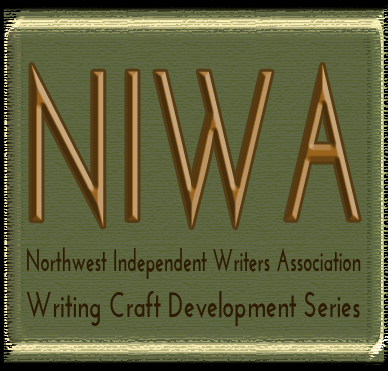 Dialogue can be tricky. Often, in our rush to get the ideas on paper, we have left off quotes, misplaced punctuation, and written interrupted dialogue with inconsistency. While a certain amount of literary license in dialogue can enrich our work, our dialogue may be too rich with run-on sentences, and not in a good way. Also, while everyone has read books that inspire them to become writers, some authors never learned how to write the kind of dialogue they envision. They don’t understand the fundamentals and don’t realize how their lack of understanding ruins their work. Always begin what is spoken (dialogue) with a capitalized word, no matter where in the sentence it begins.
However, interrupted dialogue, when it resumes, is not capped, although the rules of punctuation and quotation marks still apply.
Direct dialogue is someone speaking to you or someone else and requires quotation marks.
I’m a US author, so I used double quotes, also called closed quotes. The UK usage is different and often uses apostrophes, or what they call inverted commas. Either way, be consistent and make sure ALL punctuation goes inside the quote marks. Yes, I did say All punctuation. The Chicago Manual of Style is the final authority for the publishing industry at large, and this is the standard they have set. Editors at the large traditional houses refer to the Chicago Manual of Style when they have grammar questions, and you should too. If you are using a different style guide, you are using one that isn’t tailored to the publishing industry. AP Style is for newspapers, the Gregg Manual is for Business Correspondence, and Strunk and White’s Elements of Style is archaic, impossible to follow, and is no longer relevant. So, how does one set off a quote from someone else within dialogue? Set it apart with single quotes (apostrophes, inverted commas) and keep it inside the closed quotes.
Indirect dialogue is a recapping of dialogue that someone previously spoke.
Note there are no quotes used in indirect dialogue. Also, in this sentence the word that is implied between said and Mary. Dialogue tags, or attributions, can come before the dialogue, especially if you want the dialogue tag to be noticed. To make them less noticeable put them in the middle or at the end of sentences. In my own work, I want the dialogue and not the attribution to stand out. However, when more than two people are involved in a conversation, I move the dialogue tags further to the front, so the reader isn’t left wondering who is speaking. You can skip using dialogue tags altogether for a back-and-forth or two, but
Readers want to be able to track who is saying what. I’ve mentioned before that I prefer simple attributions such as said, replied, and answered because they are not as likely to stop the reader’s eye. People don’t snort, smirk, smile, or frown dialogue as it is physically impossible. They can say it with a smile, but the smile is a facial expression and does not speak. We should avoid silly dialogue tags. Words like ‘ejaculated’ and other eye-stopping tags do two things:
As my editor once said, “Just try to ‘hiss’ a sentence that doesn’t contain an ‘s.’” Simple dialogue tags that fade into the background are best, allowing the reader to remain immersed in the story. Avoid leading sentences off with verbal tics like “hmmm…” and “ahhh…” as they just take up space and add fluff to your narrative. When people in real life habitually preface their sentences with drawn-out ahs and hmms it can be aggravating to listen to them. Consider how irritating it would be to read it. Sometimes we have two ideas that we think are one in a sentence, and we connect them with commas. But closer examination shows they are not.
The above dialogue contains a run-on sentence, despite its shortness. We may speak it in this fashion, words run together, but for a reader, punctuation clarifies ideas. The dialogue contains two separate ideas. “Hello, sir,” is an acknowledgment and a greeting. “We bathed your dog,” indicates an action was taken regarding his dog. It should be:
When it’s done right, the dialogue is, in my opinion, the best part of the story. It’s where we discover who the characters are, and how the larger events affect them. Conversations show the world as the protagonist sees it. We can take some style and voice liberties with dialogue, and indeed, we should, but adhering to industry standard rules of punctuation ensures your reader can remain immersed in the story, and forget they are reading. And THAT is what we all hope for. ______________________________________________________________ Credits and Attributions: Tips for Writing Clear Dialogue, by Connie J. Jasperson, © 2016 first published on Life in the Realm of Fantasy, reprinted by permission. Connie J. Jasperson is an author and blogger and can be found blogging regularly at Life in the Realm of Fantasy.
0 Comments
Leave a Reply. |
Archives
January 2023
Categories |
 RSS Feed
RSS Feed